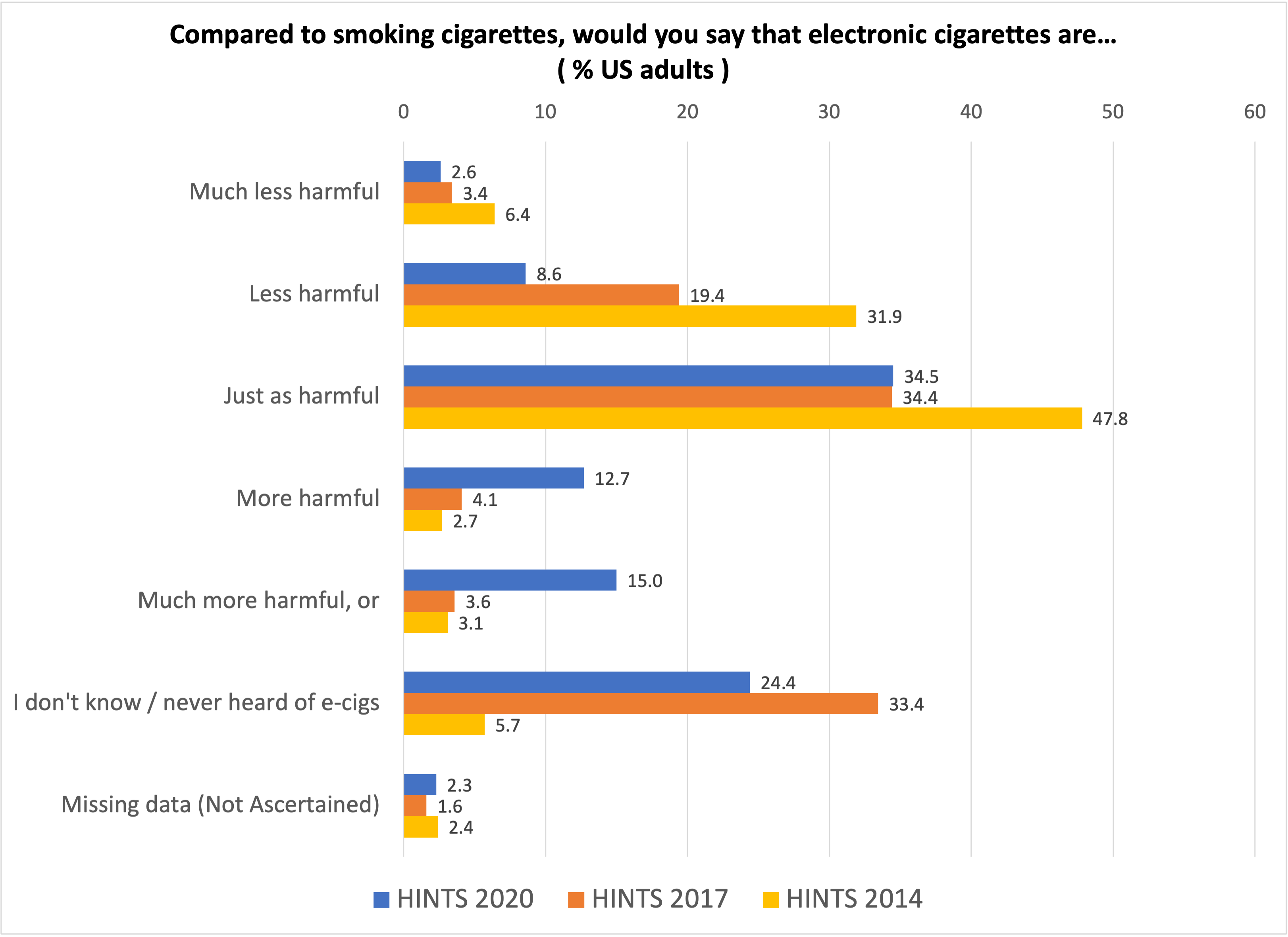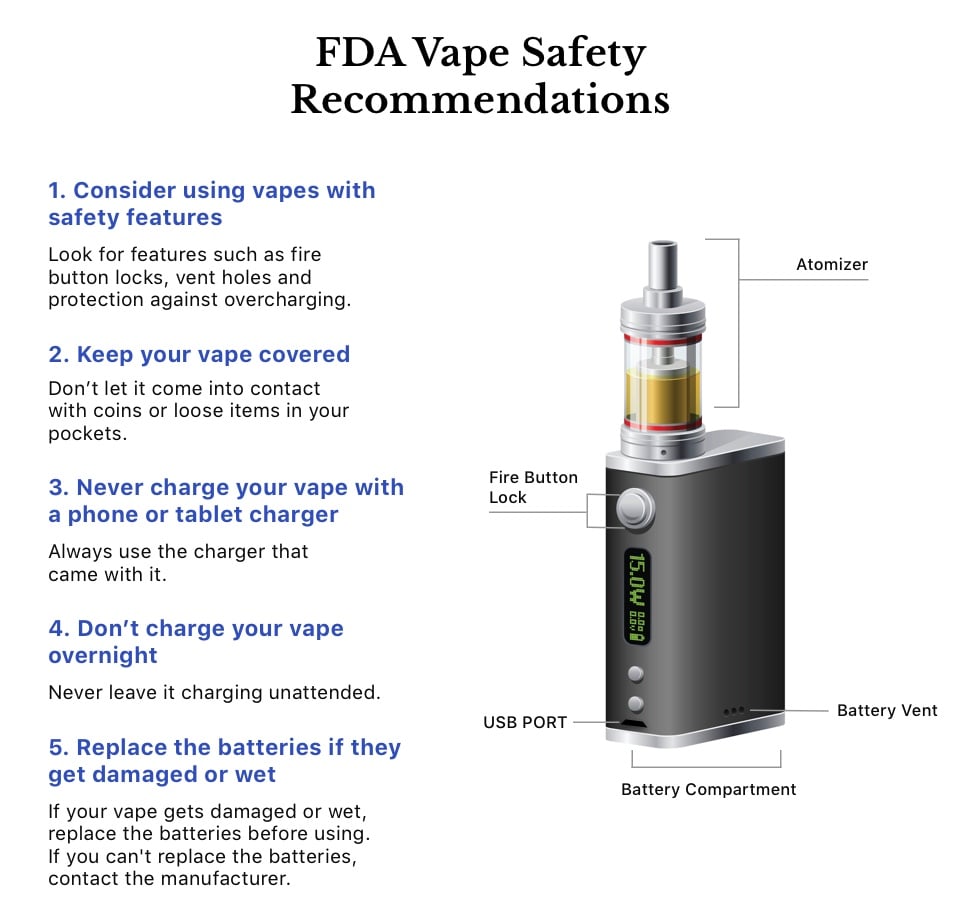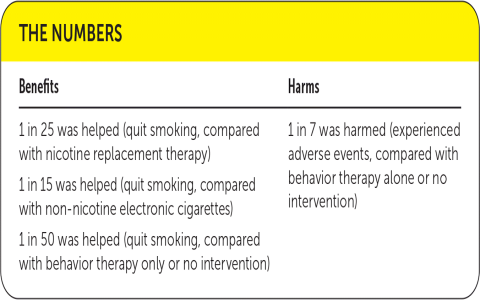The Safety Question
Not all electronic cigarettes (e-cigarettes) are equally safe. Variations in ingredients, device quality, and user behavior significantly impact health outcomes. Current evidence indicates that while e-cigarettes might reduce harm compared to traditional tobacco for adult smokers, they are not risk-free and pose distinct dangers, especially for youth and non-smokers.
Expert Advice on E-Cigarette Safety
Health authorities like the FDA and WHO emphasize that e-cigarettes should primarily serve as a cessation tool under medical guidance, not a recreational product. Key expert warnings include:

- Nicotine addiction risks: High-nicotine products can lead to dependence, affecting brain development in adolescents.
- Chemical exposure: Vape liquids may contain harmful compounds, such as heavy metals or carcinogens, due to inconsistent manufacturing standards.
- Short-term health threats: Cases of lung injuries (e.g., EVALI) have been linked to additives like vitamin E acetate in some products.
Experts advise strict regulation and avoidance for non-smokers, highlighting insufficient long-term safety data.
The Real Truth from Evidence
Research reveals a complex reality: some e-cigarettes may reduce harm relative to smoking, but they are far from universally safe. Evidence-based truths include:
- Variable product safety: Studies show higher risks in unregulated or counterfeit devices, with flavors and solvents increasing toxicity.
- Health impacts: Emerging data connects regular use to respiratory issues (e.g., increased asthma rates) and cardiovascular stress, even in “safer” alternatives.
- Misleading marketing: Real-world cases of marketing falsehoods exaggerate safety claims, contributing to youth uptake without full disclosure of risks.
Evidence underscores that e-cigarettes are not benign and pose novel health threats independent of tobacco.
Comparing Expert Advice and Real Truth
While expert advice focuses on harm reduction potential, the reality exposes broader dangers. A direct comparison shows:
- Harm reduction vs. actual harm: Experts frame e-cigarettes as less harmful tools for smokers, but evidence confirms they cause new health issues in all users.
- Regulatory gaps: Official guidelines push for quality controls, yet real-world products often bypass these, amplifying risks.
- Youth implications: Warnings against underage use are consistent, but evidence shows rising addiction rates due to accessibility and appealing designs.
This disparity highlights the need for individual caution: “safer” does not equate to safe.
Safety Factors to Consider
Key variables affect e-cigarette safety:
- Ingredients: Opt for regulated liquids without additives; unverified components heighten hazards.
- Device standards: Use certified brands to avoid leakage or overheating risks.
- User behavior: Limit use frequency; avoid sharing or modifying devices to reduce exposure.
Prioritize evidence-based decisions and consult healthcare providers for personalized advice.
Conclusion
E-cigarette safety is not universal—it depends on product quality and context. Aligning expert warnings with evidence, avoid non-essential use and choose regulated options if transitioning from smoking. Ongoing research may clarify long-term effects, but current data supports vigilance over complacency.











